Aggressor Six, the first novel I ever published, sprang from both a love of military science fiction and an abhorrence of the cheats, dodges, and shortcuts that authors traditionally employed for it. Faster-than-light ships which completely disregard the laws of physics? Weapons and tactics based on 19th century naval conflict? Evenly matched opponents, with almost no cultural or even language barriers?
My feeling was that aliens should be alien, i.e., that their motives should be based on social or biological drives which are different than ours, and should be comprehensible only when those drives are understood. Also, statistically speaking, the chances of encountering an alien species at a similar stage of technological development is vanishingly small. The human Stone Age was roughly two million years long. Assuming there are also physical limits to what technology can achieve, or practical limits on its high-end development, then it’s also reasonable to assume a long Supertechnology Age, which could also potentially last for millions of years. In between, the rise of civilization would be a very brief interval indeed — barely ten thousand years on this planet. So if we ever did encounter hostile aliens, the odds are they’d either be throwing rocks at us, or assailing us with powers almost beyond our comprehension.
This is not to say, of course, that such a conflict would be entirely hopeless, any more than mankind’s “war” against household vermin is hopeless for the rats and mice and insects of the world. It’s all in how you fight.
The series consists of two novels:
Aggressor Six
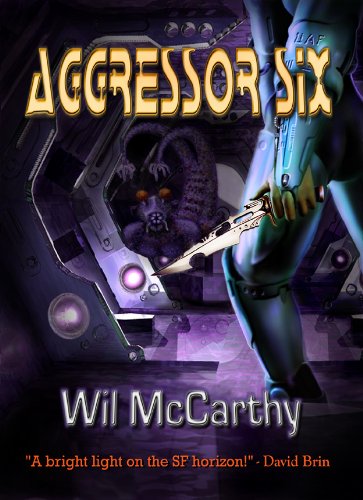
concerning the Waister attack on the Solar System, and
The Fall of Sirius
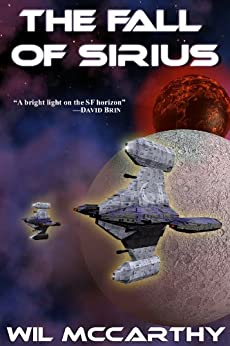
which concentrates on the earliest phases of the interstellar war, and its consequences thousands of years later.
I have also written a proposal for another book, Gas Giant, which might have kicked off a new phase of the series. However, for various reasons the book was never written, and I’ve since moved on to other projects.
WAISTER BIOLOGY
Concept sketches by Jose C. de Braga.
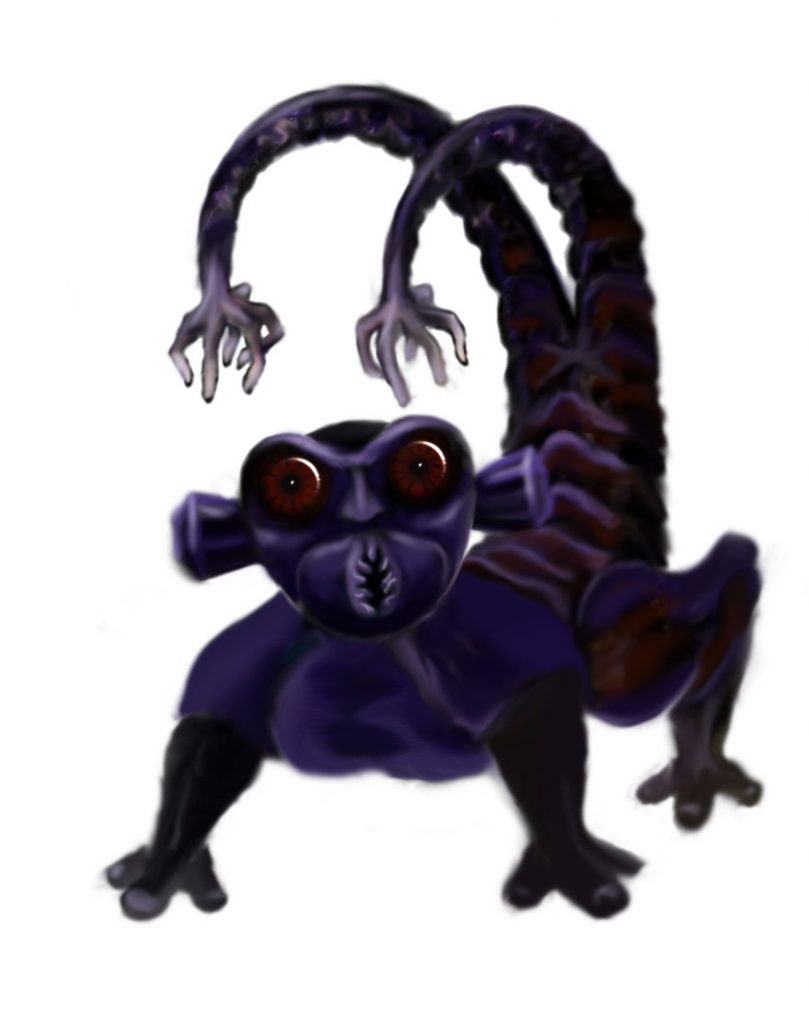
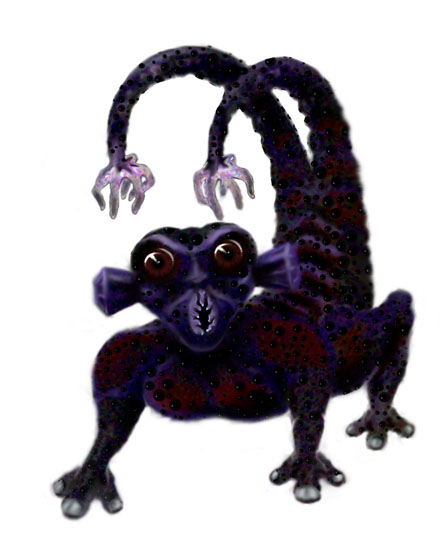
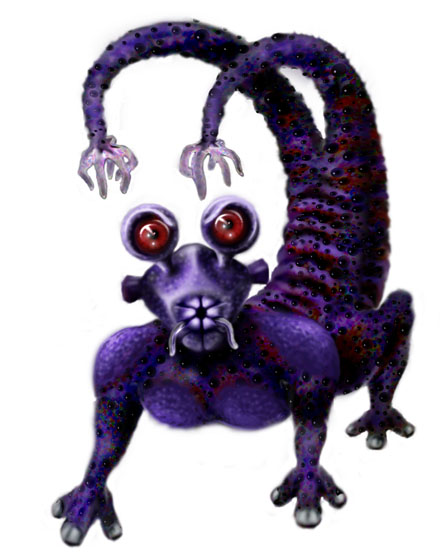
FINAL RENDERING:
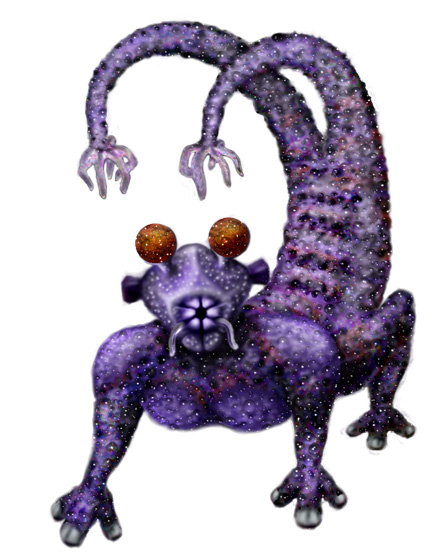
The Waister species consists of four sexes: the large and flabby “queen,” the powerful “drone” (pictured above), the gracile and dextrous “worker,” and the armless and comparatively unintelligent “dog.” These names were assigned by human military intelligence organizations and do not reflect anything particular about Waister society. Anatomically and socially, the Waisters do not closely resemble either insects or mammals.
Waister mating practices are complex: queens and dogs are “female” where the workers and drones are “male.” A mating between a queen and drone produces another queen.A queen and a worker produce a drone. A dog and a drone produce a worker, while a dog and a worker produce another dog.
The Waister central nervous system is more distributed than that of Earth’s vertebrates. It consists of a “cephalic brain” which is located in the head along with a clustering of sensory organs, and is the primary seat of cognition and memory, and a “basal ganglion” located at the base of the arms, which is responsible for the physical operation of the body and its systems. Other, less important nerve clusters exist for specialized purposes throughout the body. Notably, at the cellular level, the structure and organization of Waister brains closely resembles that of Earth organisms — an interesting example of evolutionany optimization.
WAISTER SOCIAL STRUCTURE:
Waisters most commonly organize into family units called “sixes,” consisting of one queen, two drones, two workers, and a dog. “Fives” and “sevens” occur more rarely. These family units are further grouped into “rings,” which consist of a few dozen to a few hundred sixes. No higher level of organization is known, although as a species — even spread out over hundreds of light years — the Waisters are capable of acting with a remarkable unity of purpose.
WAISTER TECHNOLOGY:
The Waisters possess large (~7 kilometer) starships which are capable of traveling at 90% of lightspeed, and of accelerating at up to 100g (1000 m/s2). Their drive beams double as weapons which are capable of melting rock, or boiling away planetary oceans and atmospheres. The energy source for these is unknown, but appears capable of transforming rest mass into relativistic mass and vice-versa. Their smaller weapons include “disintegration beams” which can disrupt the atomic structure of house-sized objects, releasing significant bursts of energy in the process. For the destruction of cities, bases, and large weapon emplacements, the Waisters are also known to use clouds of solid projectiles launched at relativistic speeds.
A favorite tactic of the Waisters is to launch a small (e.g., 6-ship) scouting raid through a star system, followed months later by an armada capable of wiping out all signs of intelligent life.
THE HUMAN SIDE:
The human beings in this series are outmatched, and know it. Consequently, there is a strong emphasis on escape, concealment, booby-trapping, suicide missions, and especially psychological warfare. The characters in Aggressor Six and The Fall of Sirius are under extreme duress and short life expectancy. Still, the basic drives and motives are all in place, whether appropriately or not. At heart, these are very human stories.
STAR CHARTS AND OTHER GOODIES:
